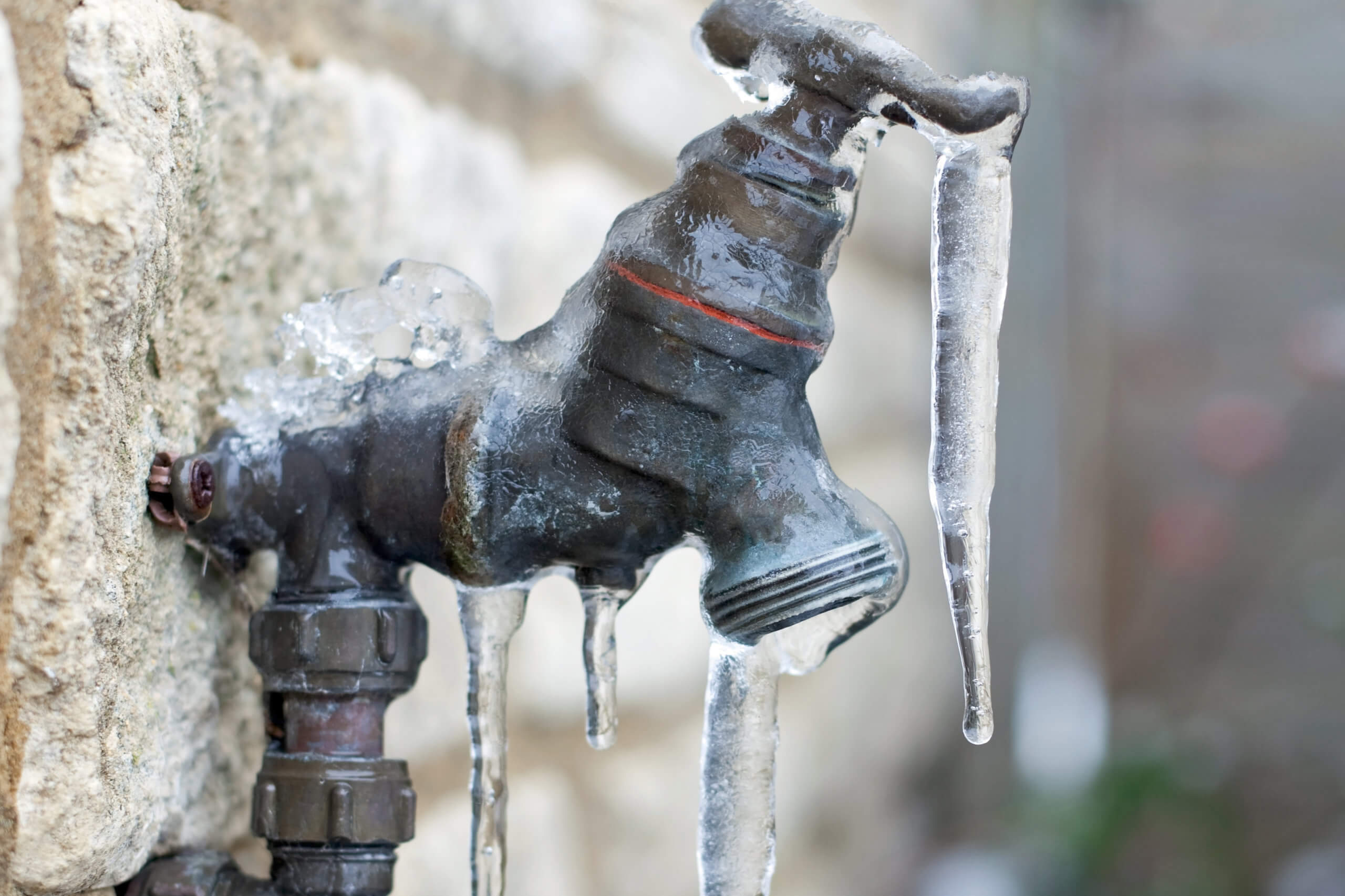Ways to Maintain Your Pipes from Freezing Damage: Crucial Guidance
Ways to Maintain Your Pipes from Freezing Damage: Crucial Guidance
Blog Article
In this article in the next paragraphs you can discover additional incredibly good content with regards to 6 Ways to Prevent Frozen Pipes.
.jpg)
Cold weather can damage your pipes, especially by freezing pipelines. Here's how to prevent it from occurring and what to do if it does.
Intro
As temperatures decrease, the risk of frozen pipes rises, possibly resulting in pricey repair work and water damages. Recognizing how to prevent frozen pipelines is vital for home owners in cold climates.
Recognizing Icy Pipes
What causes pipelines to freeze?
Pipelines ice up when exposed to temperature levels listed below 32 ° F (0 ° C) for prolonged periods. As water inside the pipelines ices up, it expands, putting pressure on the pipe wall surfaces and potentially creating them to break.
Threats and damages
Icy pipes can bring about water interruptions, property damages, and expensive repairs. Burst pipes can flood homes and create considerable architectural damage.
Indicators of Frozen Piping
Recognizing icy pipelines early can avoid them from rupturing.
Just how to recognize icy pipelines
Seek reduced water circulation from faucets, uncommon smells or noises from pipes, and noticeable frost on exposed pipes.
Avoidance Tips
Insulating susceptible pipelines
Wrap pipelines in insulation sleeves or use warmth tape to shield them from freezing temperatures. Concentrate on pipes in unheated or external locations of the home.
Heating methods
Keep indoor areas adequately warmed, particularly areas with pipes. Open cupboard doors to enable cozy air to flow around pipes under sinks.
Protecting Outside Plumbing
Garden tubes and outdoor faucets
Separate and drain garden pipes before winter months. Install frost-proof spigots or cover exterior faucets with protected caps.
What to Do If Your Pipelines Freeze
Immediate actions to take
If you think frozen pipelines, maintain faucets open up to alleviate pressure as the ice melts. Use a hairdryer or towels soaked in hot water to thaw pipes gradually.
Long-Term Solutions
Architectural modifications
Think about rerouting pipelines away from exterior walls or unheated locations. Include extra insulation to attics, cellars, and crawl spaces.
Upgrading insulation
Purchase top quality insulation for pipelines, attics, and walls. Correct insulation helps maintain constant temperatures and lowers the threat of icy pipes.
Conclusion
Preventing icy pipelines needs proactive measures and quick actions. By recognizing the causes, indications, and preventive measures, property owners can secure their plumbing throughout winter.
5 Ways to Prevent Frozen Pipes
Drain Outdoor Faucets and Disconnect Hoses
First, close the shut-off valve that controls the flow of water in the pipe to your outdoor faucet. Then, head outside to disconnect and drain your hose and open the outdoor faucet to allow the water to completely drain out of the line. Turn off the faucet when done. Finally, head back to the shut-off valve and drain the remaining water inside the pipe into a bucket or container. Additionally, if you have a home irrigation system, you should consider hiring an expert to clear the system of water each year.
Insulate Pipes
One of the best and most cost-effective methods for preventing frozen water pipes is to wrap your pipes with insulation. This is especially important for areas in your home that aren’t exposed to heat, such as an attic. We suggest using foam sleeves, which can typically be found at your local hardware store.
Keep Heat Running at 65
Your pipes are located inside your walls, and the temperature there is much colder than the rest of the house. To prevent your pipes from freezing, The Insurance Information Institute suggests that you keep your home heated to at least 65 degrees, even when traveling. You may want to invest in smart devices that can keep an eye on the temperature in your home while you’re away.
Leave Water Dripping
Moving water — even a small trickle — can prevent ice from forming inside your pipes. When freezing temps are imminent, start a drip of water from all faucets that serve exposed pipes. Leaving a few faucets running will also help relieve pressure inside the pipes and help prevent a rupture if the water inside freezes.
Open Cupboard Doors
Warm your kitchen and bathroom pipes by opening cupboards and vanities. You should also leave your interior doors ajar to help warm air circulate evenly throughout your home.

As a devoted person who reads on How To Avoid Freezing Pipes, I figured sharing that article was worth the trouble. In case you enjoyed reading our blog posting kindly be sure to pass it around. I cherish reading our article about How to Prevent Your Pipes From Freezing.
Book A Service Report this page